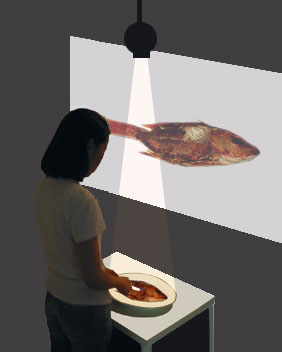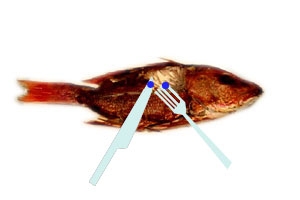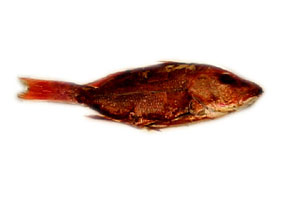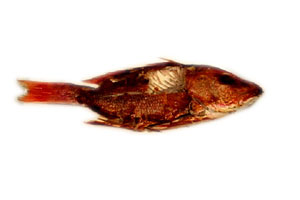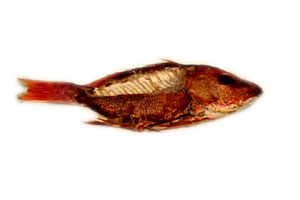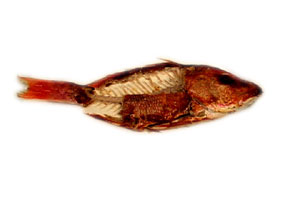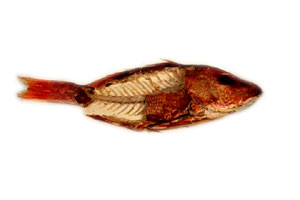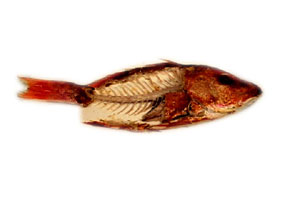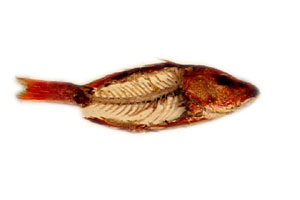|
Proposal Making methodology : Max/Jitter (tracking color), Pysical Computing (PIC, BX24, Basic Stamp)
A few ideas 1. color tracking : tracking the blue spot on a knife and a pork
2. Image tracking : image maipulation, pixel by pixel (?)
3. Using sensor : Touch sensor or FSR ?
images
Working Process 4/25 In the class Jeff recommend Qprox sensor would be useful for this project. Because I worried that if I use touch sensors, the wires make the plate ulgy. So I decided to change the sensor to Qprox. I had to purchase Qprox for 'digikey'. But today is weekend day it is hard to get. What can I do! And I taught from Catherine how to connect Qprox sensor. At first look, it seems very complicate. 4/27 Mac has QT310. Mac and I test to make a circuit with Qprox looking at the dacument sheet. In the while, we found that QT310 and QT113 are very different. QT 310 needs 0.47 capacitor and we found that it is hard to get. and the circuit is a little more complicate then QT113. Fortunately I could 4 QT113 from Gabriela and tested it. 4/31 Using 0.0022 miliFarad capacitor or paralell connection with two 0.001 miliFarad capacitors makes the eight Qprox sensor less sensitive in the circuit. But I found that it was too stable, so it the touch through the plate is not detected with these.. What can be the altenate choice.. I should get a capacitor having middle value between 0.002 mF and 104M (I don't know how big is this). Capacotor has various kind of type. one of them is ceramic type and metalistic type. I don't know what's the difference.. Capacitor :
mili-micro-nano-pico http://xtronics.com/kits/ccode.htm
1 micro = 1/1,000,000 or 0.000 001 times the unit (10-6 ) 1 nano = 1/1,000,000,000 or 0.000 000 001 times the unit (10-9) 1 pico = 1/1,000,000,000,000 or 0.000 000 000 001 times the unit (10-12 )
5/1 But I found another fact that even though I use 103 = 0.01 microFarad it is very hard to control. If I changed one Qprox, it affect the others immediately. So I am still trying to figure it out how to make the eight Qprox sensors stable . |
